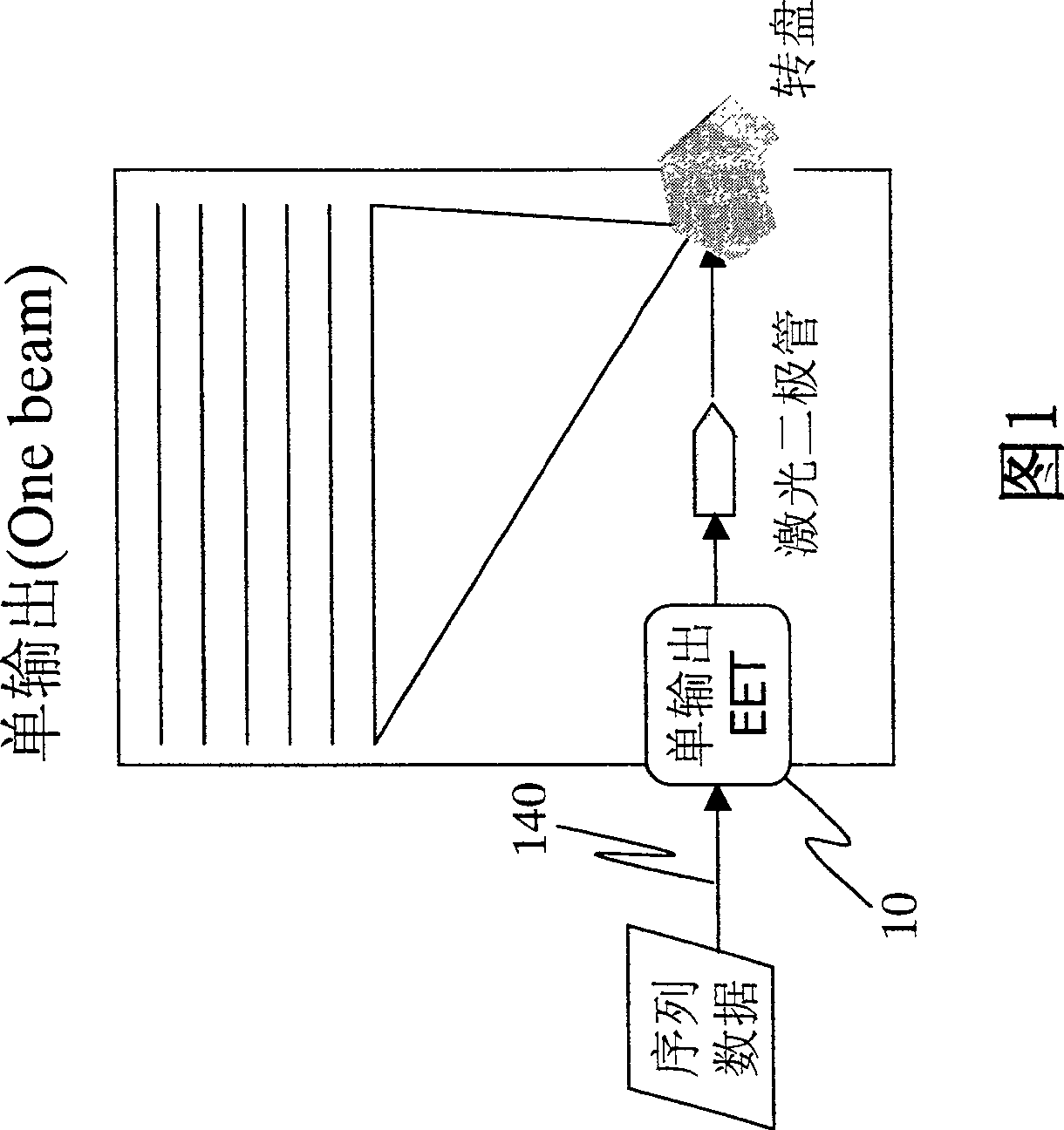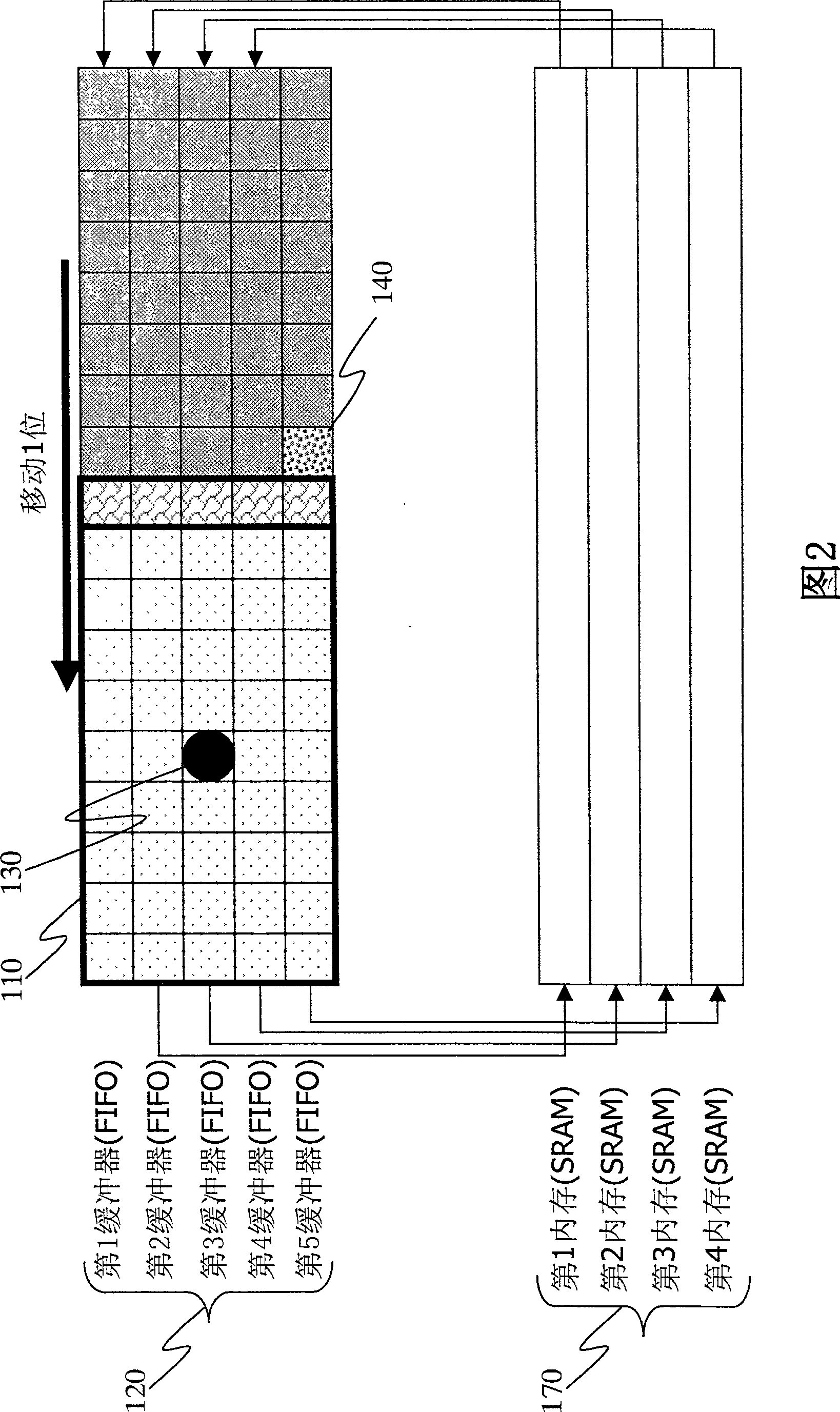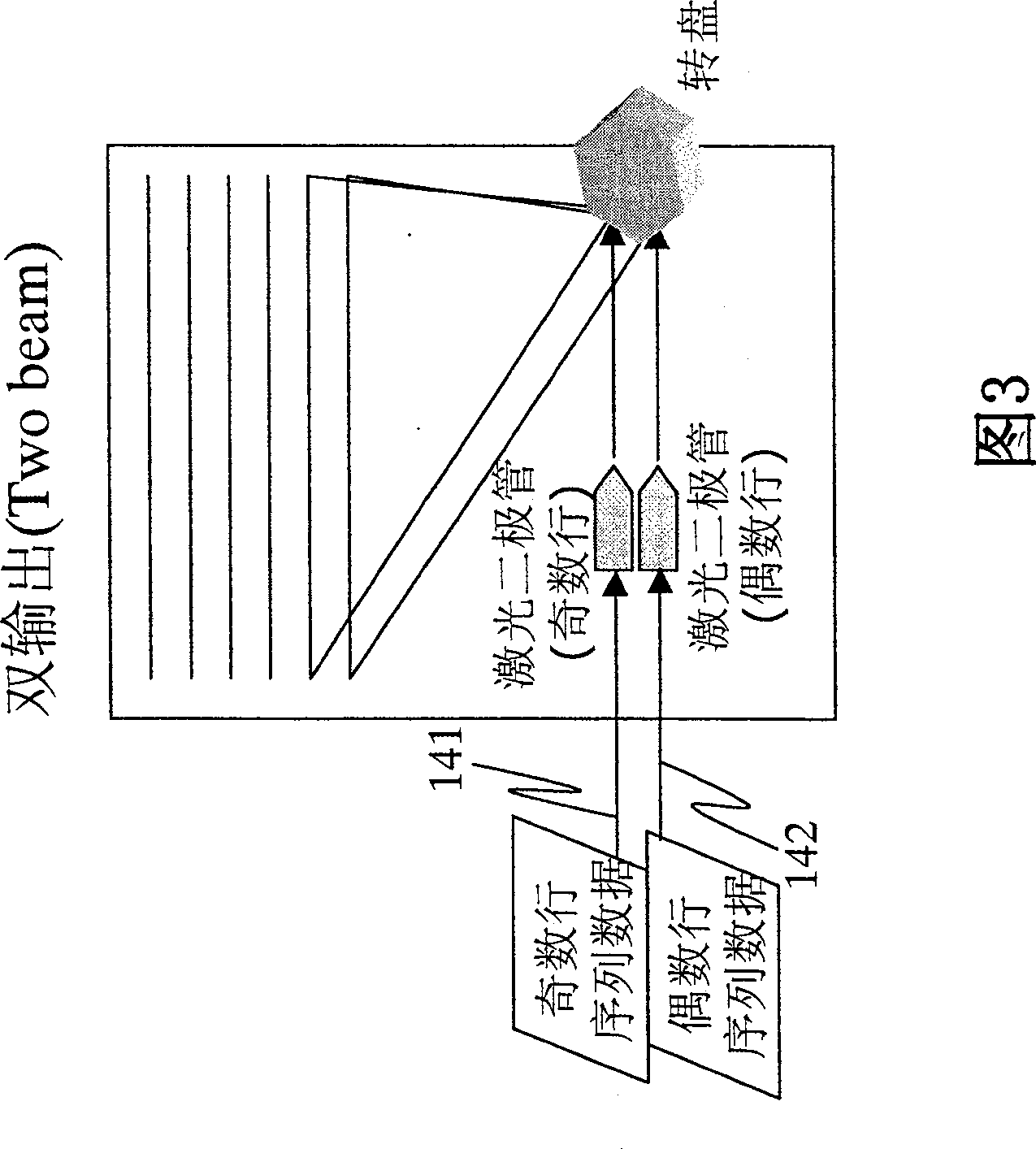Method for reducing internal storage consumption inedge enhancement for multi-output pixed device
An edge enhancement and multi-output technology, which is applied in the field of reducing memory consumption when performing edge enhancement on a multi-output pixel device, can solve the problems of memory storage capacity consumption, multi-hardware cost, cost, etc., to achieve reduced consumption, good output effect, and fast The effect of print speed
- Summary
- Abstract
- Description
- Claims
- Application Information
AI Technical Summary
Problems solved by technology
Method used
Image
Examples
Embodiment Construction
[0053] The features and embodiments of the present invention are described in detail below with reference to the accompanying drawings. The present invention provides a method for reducing memory consumption when performing edge enhancement on multi-output pixel devices. In the following detailed description, various specific details are described in order to provide a complete explanation. However, those skilled in the art may practice the present invention without these specific details, or substitute some components or methods to practice the present invention. The present invention does not describe known methods, procedures, components, and circuits in detail so as not to obscure the gist of the present invention.
[0054] Although the present invention can be extended to the application of n output pixel devices, for ease of understanding, two output pixel devices are used as an example to illustrate, please refer to FIG. 4, which is the dual output edge enhancement tec...
PUM
 Login to View More
Login to View More Abstract
Description
Claims
Application Information
 Login to View More
Login to View More - R&D
- Intellectual Property
- Life Sciences
- Materials
- Tech Scout
- Unparalleled Data Quality
- Higher Quality Content
- 60% Fewer Hallucinations
Browse by: Latest US Patents, China's latest patents, Technical Efficacy Thesaurus, Application Domain, Technology Topic, Popular Technical Reports.
© 2025 PatSnap. All rights reserved.Legal|Privacy policy|Modern Slavery Act Transparency Statement|Sitemap|About US| Contact US: help@patsnap.com



